Most marketers approach competitor analysis with the wrong mindset. They see a successful ad and think, “I should do exactly that!”
This is a recipe for mediocrity.
Competitors don’t always know what they’re doing. Their campaigns might be underperforming, and blindly following them could land you in the same hole. You also don’t want to get into a copying war and become indistinguishable from one another.
Here’s the thing: competitive analysis isn’t about copying. It’s about learning.
In this guide, I’ll show you how to be a marketing detective, not a plagiarist.
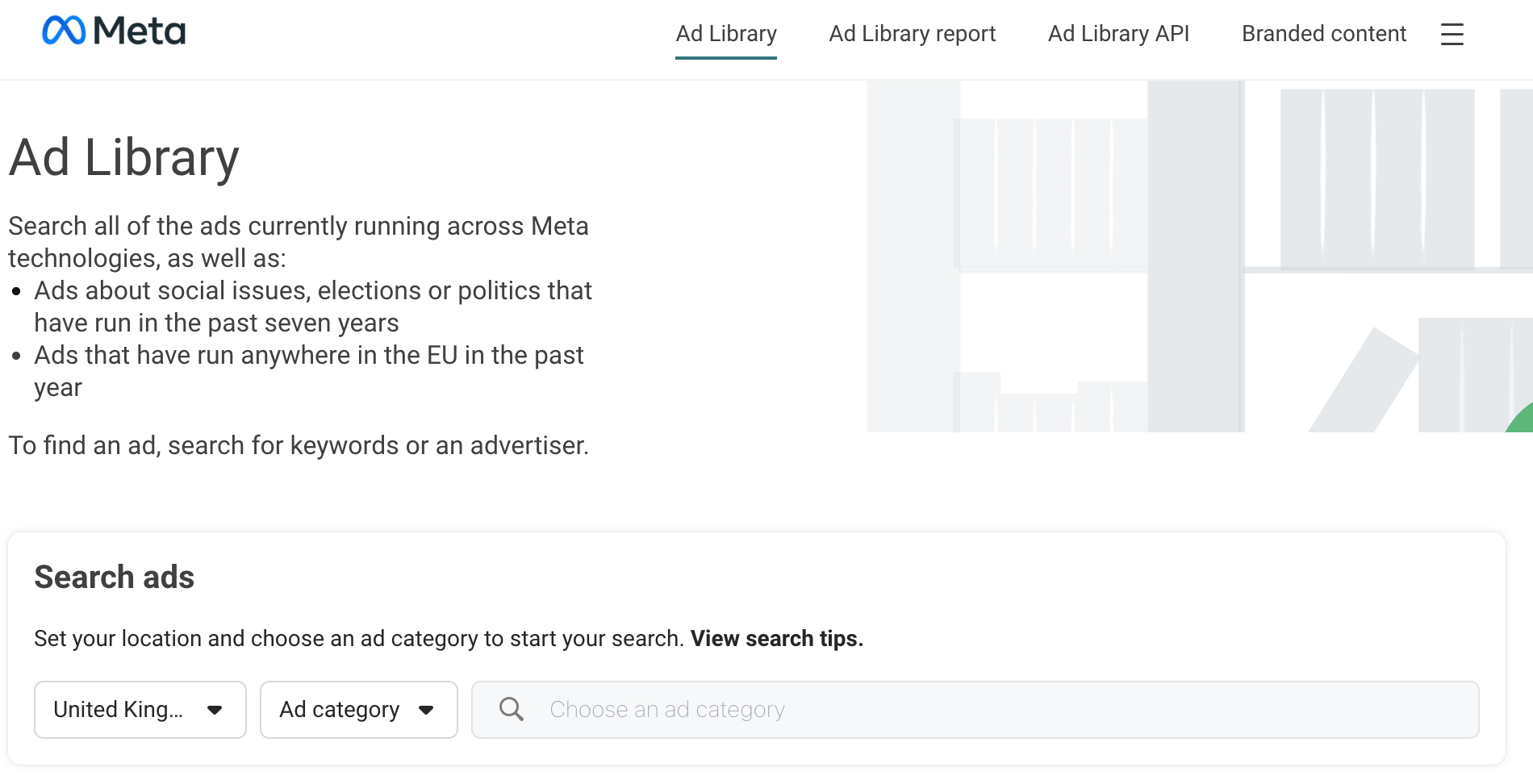
The Meta Ad Library lets you see all active and inactive ads any Page is running across Meta platforms, including Facebook, Instagram, Audience Network, Messenger, and Threads.
Choose an ad category, then search for a keyword and advertiser. For example, these are the ads we’ve been running:
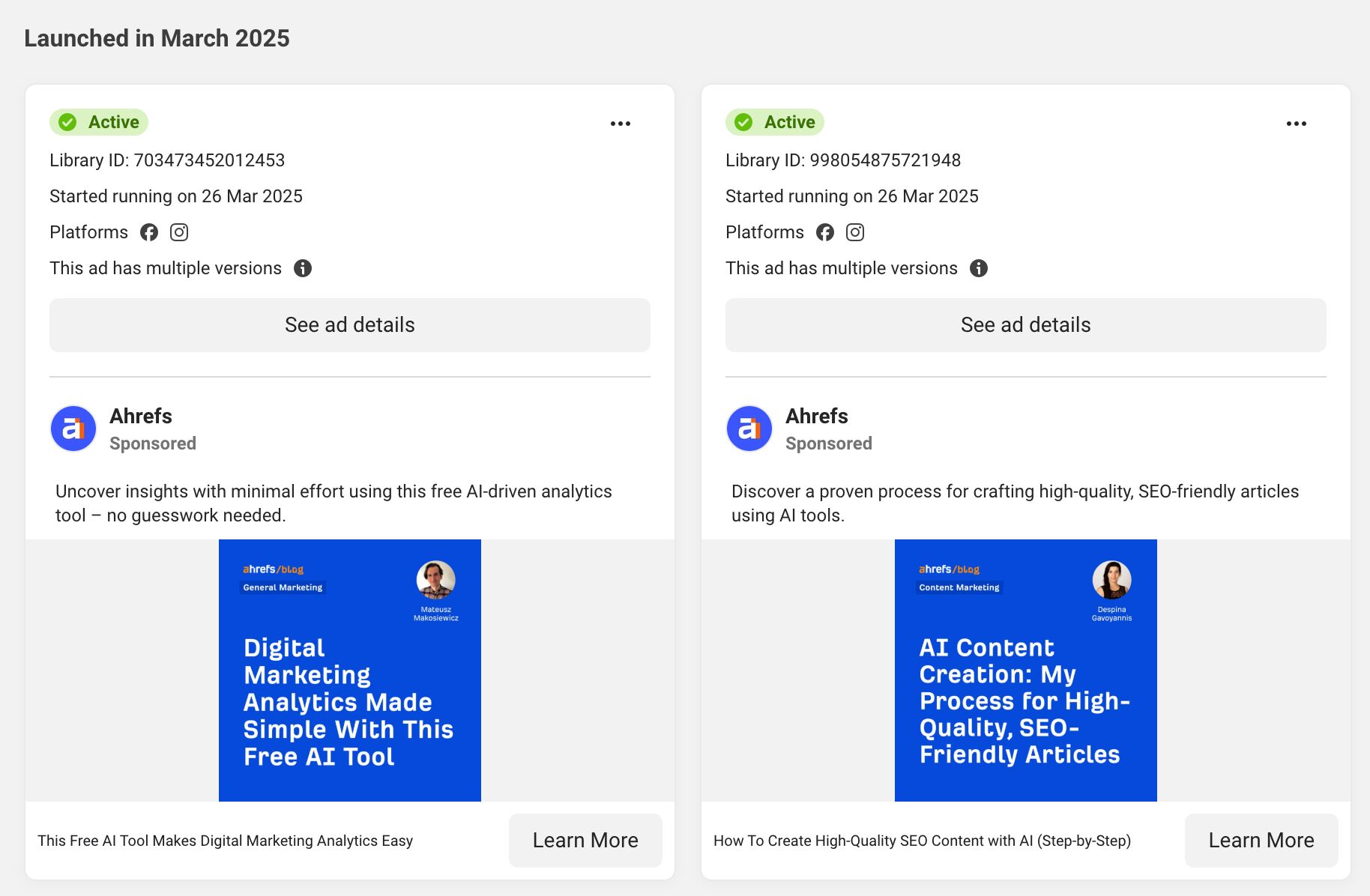
You can click “See ad details” to see more information about each ad. You can also click the call-to-action button on each ad to see which landing page the ad is sending paid traffic to.
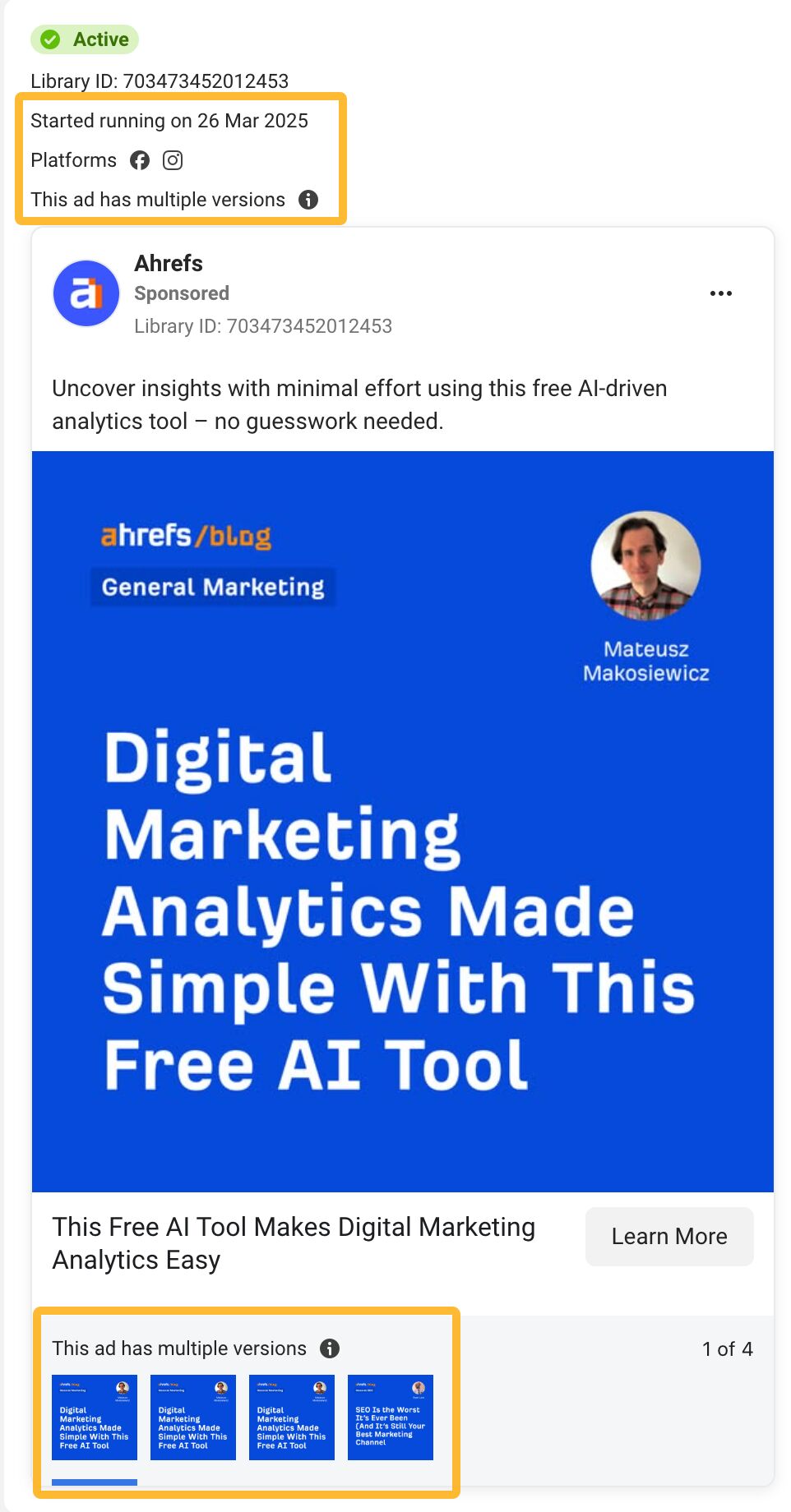
You can also add filters, like by language, platform, media types, active status, and date range.
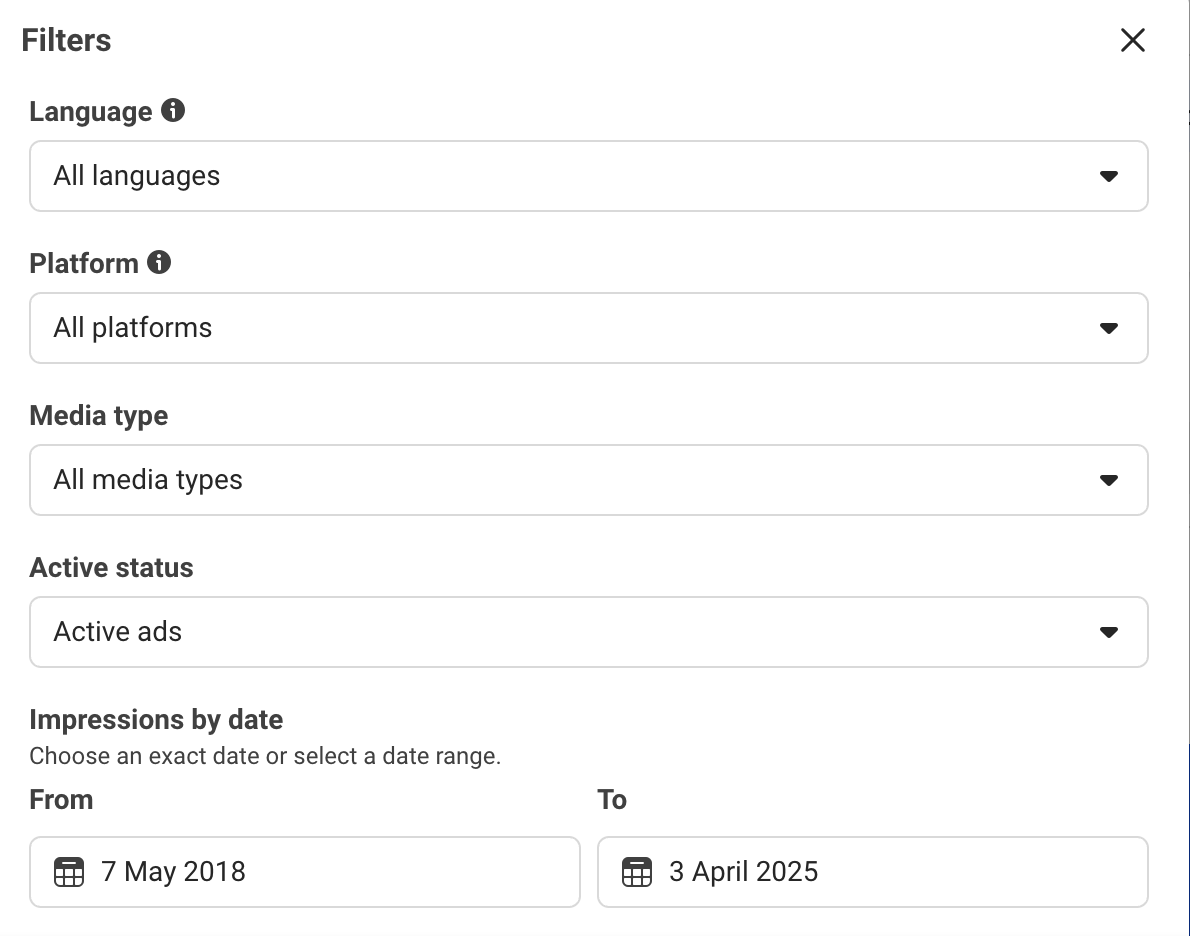
If you click the Branded content tab, you can also search for specific brands or creators and see their paid partnership content:
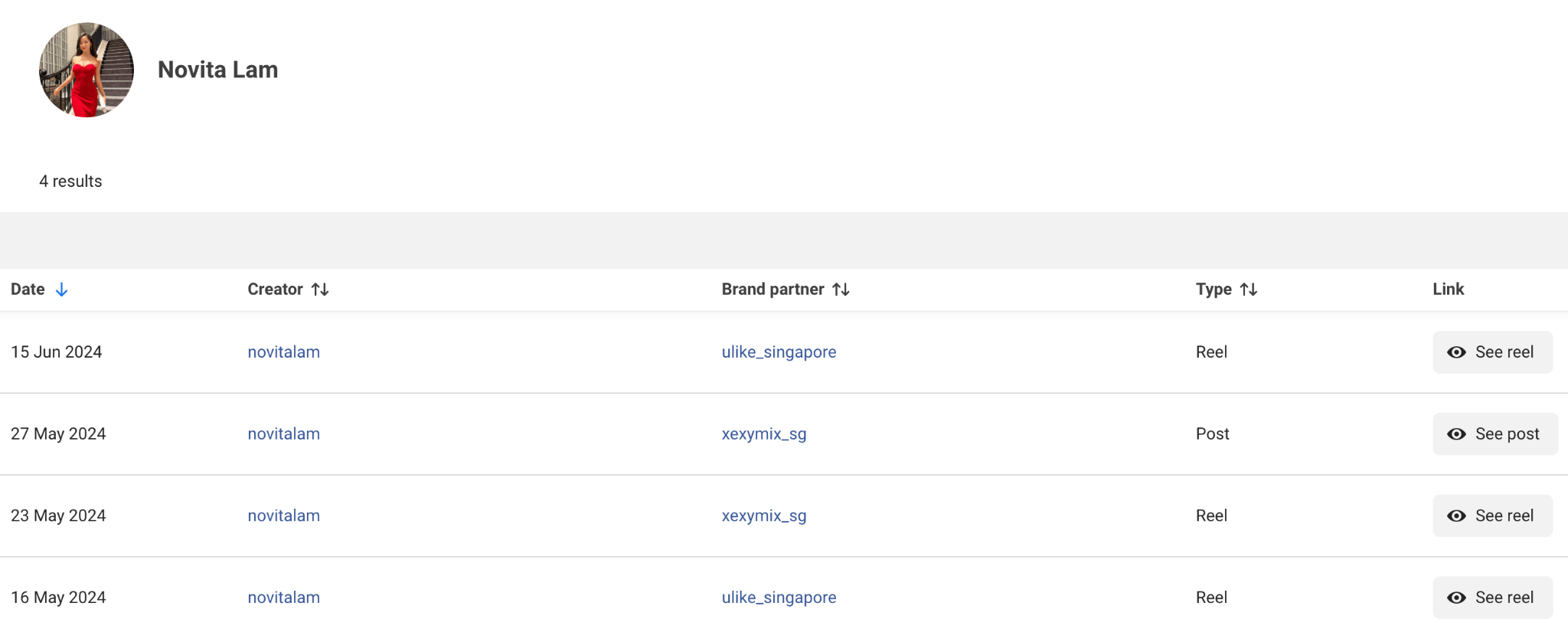
However, they need to be “declared” on the platform otherwise it won’t show up.

Google Ads Transparency Center
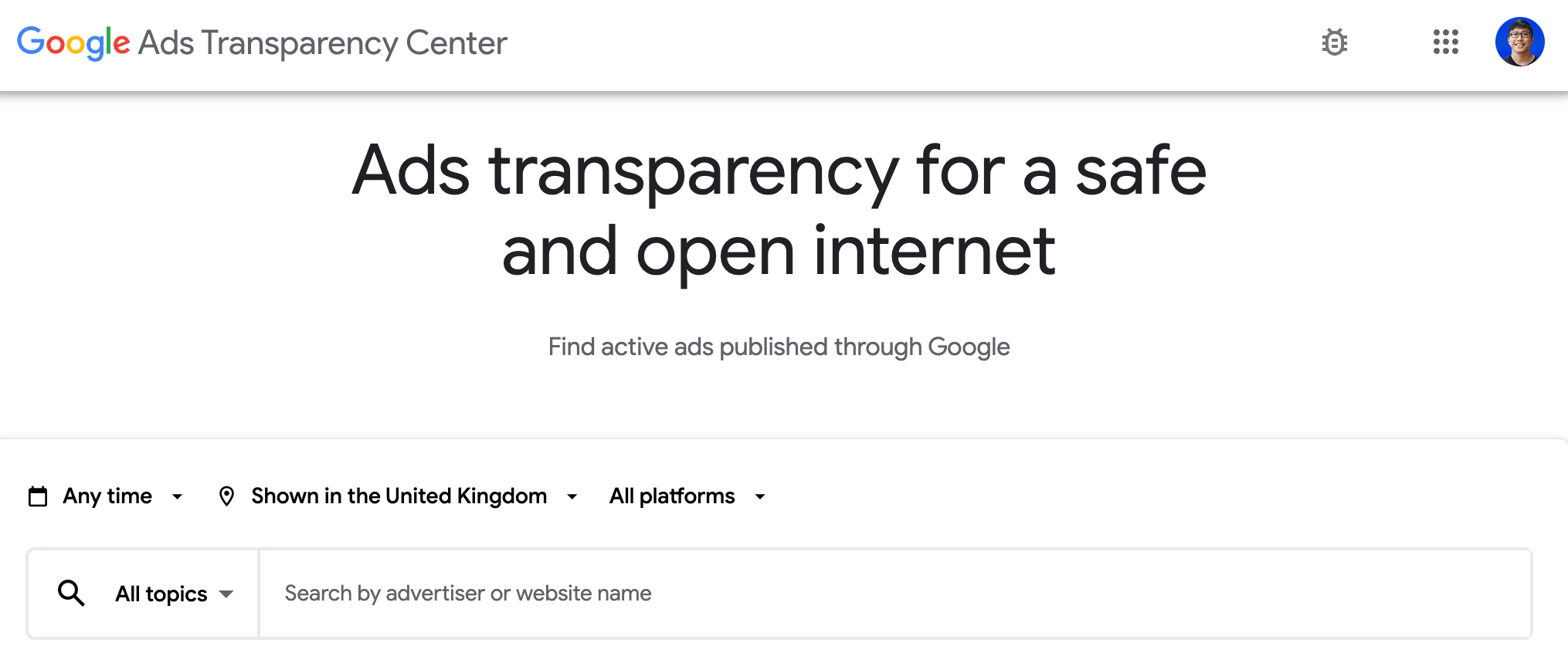
Exactly like Meta’s version, Google Ads Transparency Center shows a business’s ads on Google Search, Maps, Play, Shopping, and YouTube.
Search for an advertiser or website and you’ll see all their ads:

However, you won’t be able to see the target keywords or audience these businesses are targeting. You’ll have to use a competitive intelligence tool (see below.)
TikTok Ads Library

TikTok Ads Library shows all ads run by an advertiser on their platform. You can see the creative (e.g., the short video), when the ad ran, how many unique users saw it, and a summary of the ad’s targeting.
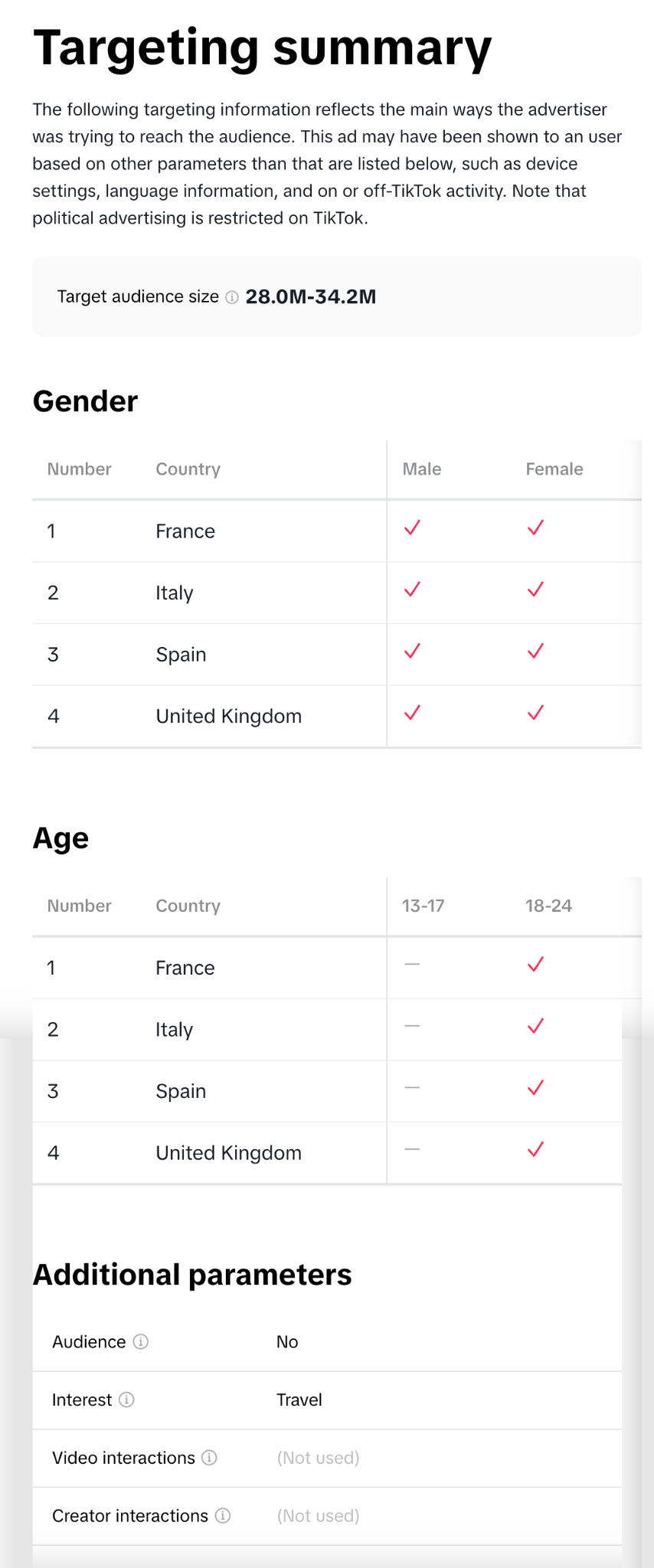
You can even see who paid for the ad (in this case, Loewe’s TikTok ads are likely paid for by their agency in charge, Publicis):
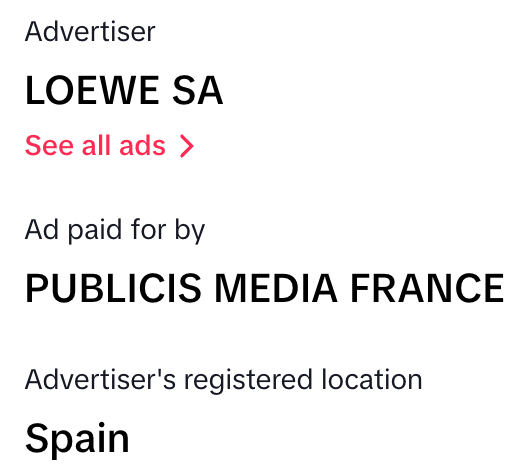
If you don’t do any search, you can actually see the entire ads database:
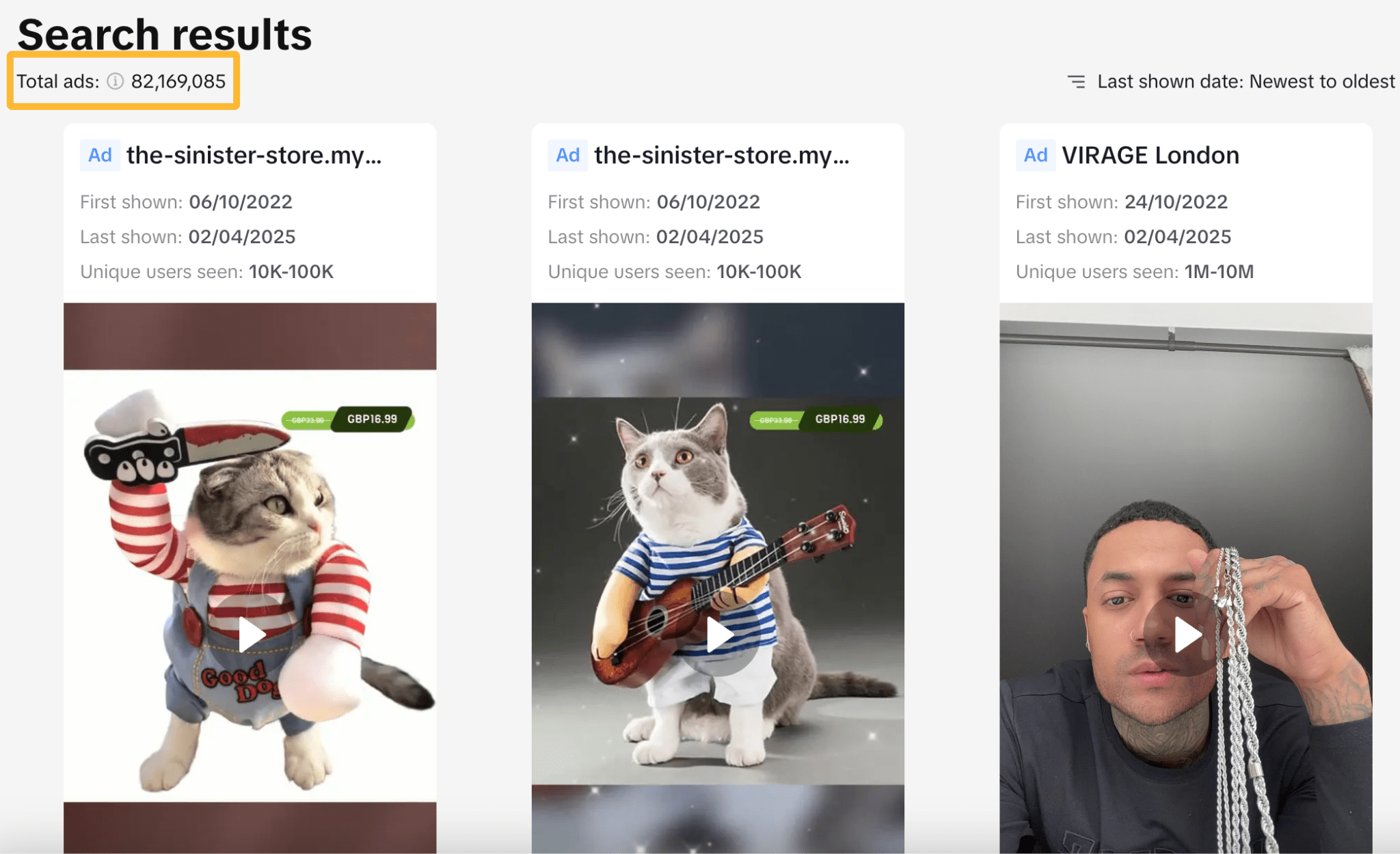
LinkedIn Ad Library

LinkedIn Ad Library shows all the ads a business has run on its platform. You can search by either company name or by keyword.
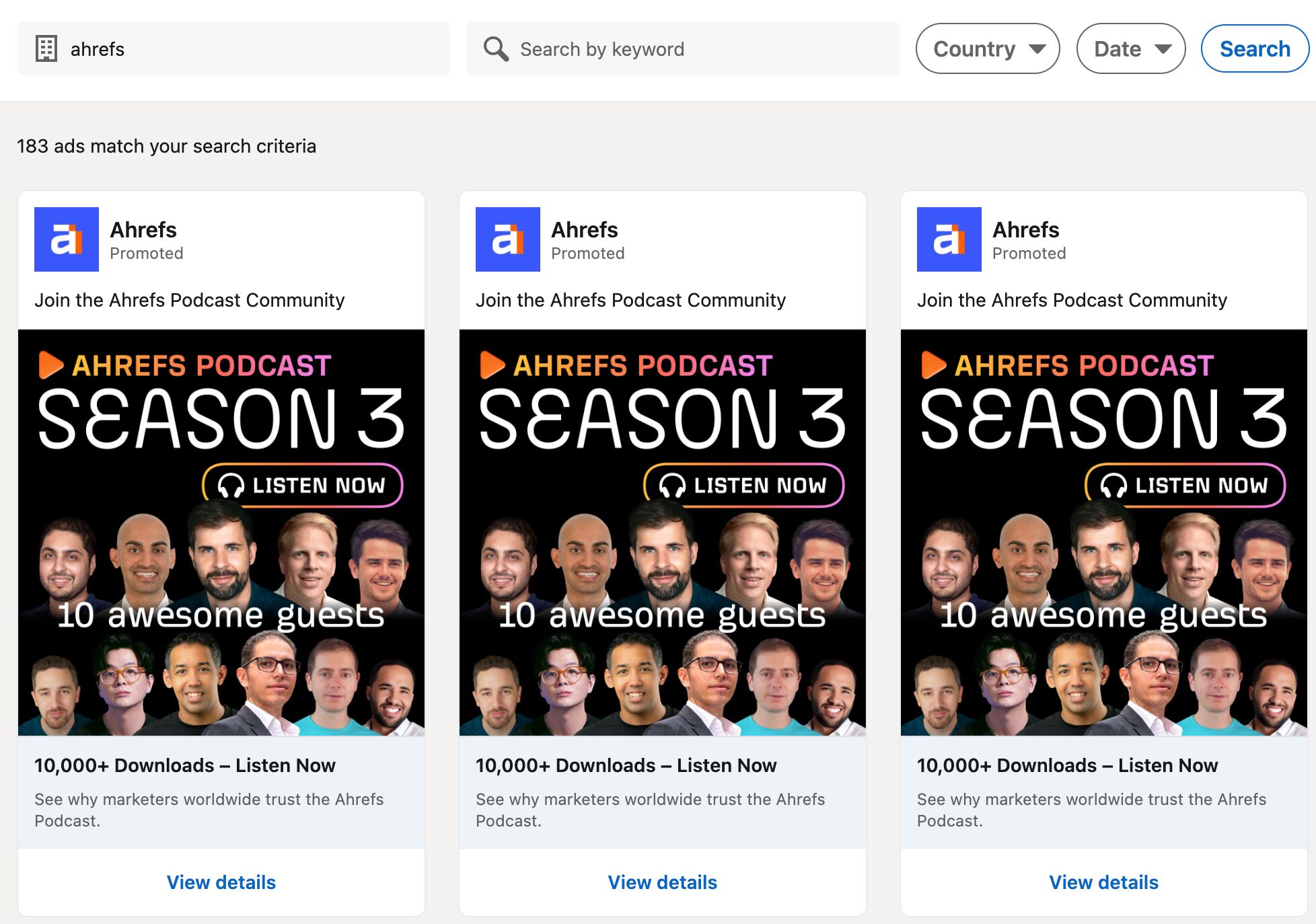
Unfortunately, LinkedIn only shows a few details: the copy, creative, and landing page you can click through to.
2. Use competitive intelligence tools
Ad libraries are amazing, but they don’t show you all information. For example, Google Ads Transparency Center doesn’t show you the keywords a business is targeting.
To see that, you need to use a competitive intelligence tool like Ahrefs Site Explorer.
Plug your competitor’s domain into Site Explorer and go to the Paid keywords report.
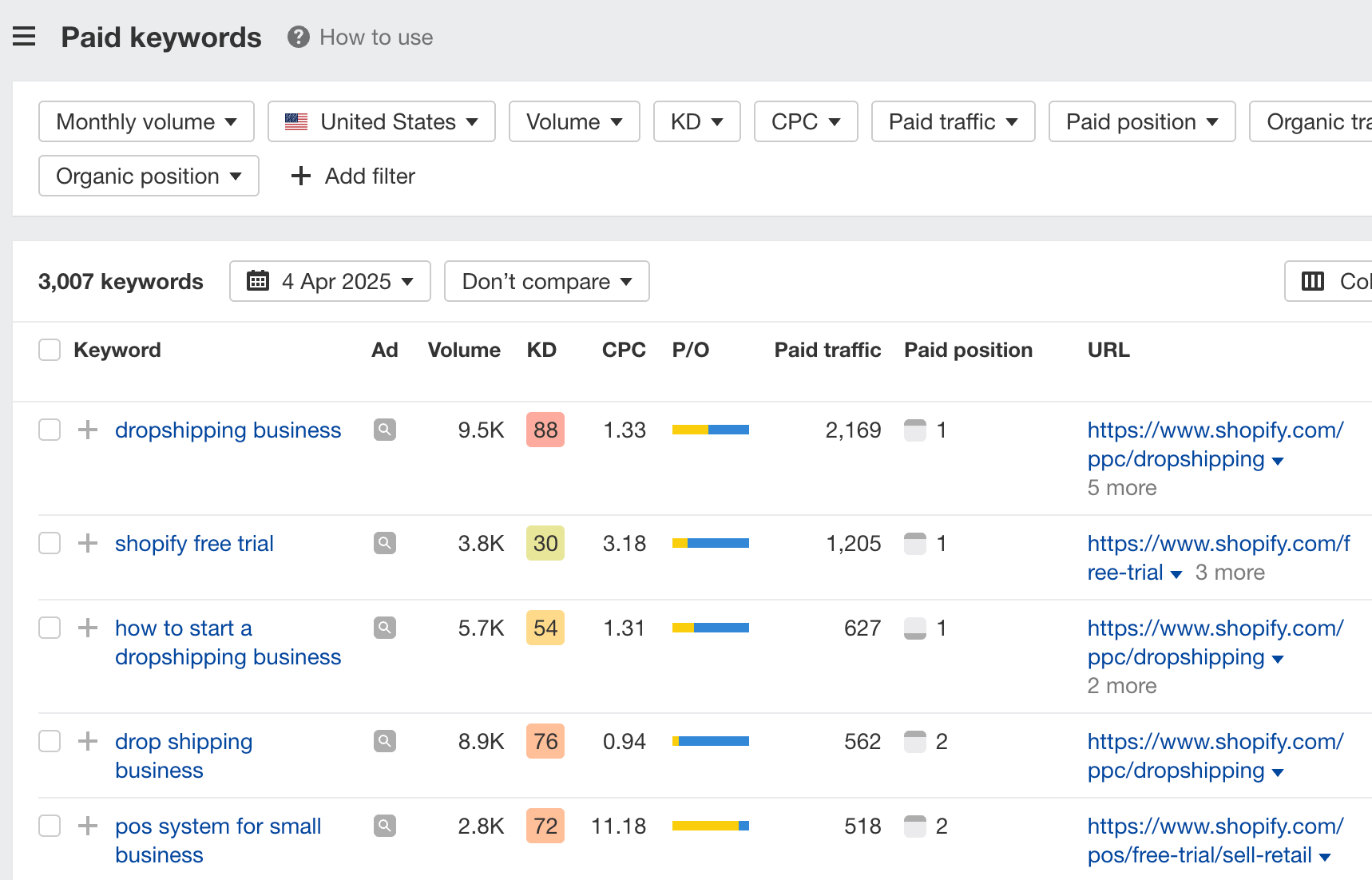
For example, here are the keywords Shopify is targeting on Google Ads. You can also see the landing page they’re using, the estimated paid traffic they’re receiving, and the CPC. If you hover over the magnifying glass, you can also see the actual Google ad:

If you prefer to see all the ads a website is running on Google, go to the Paid ads report:
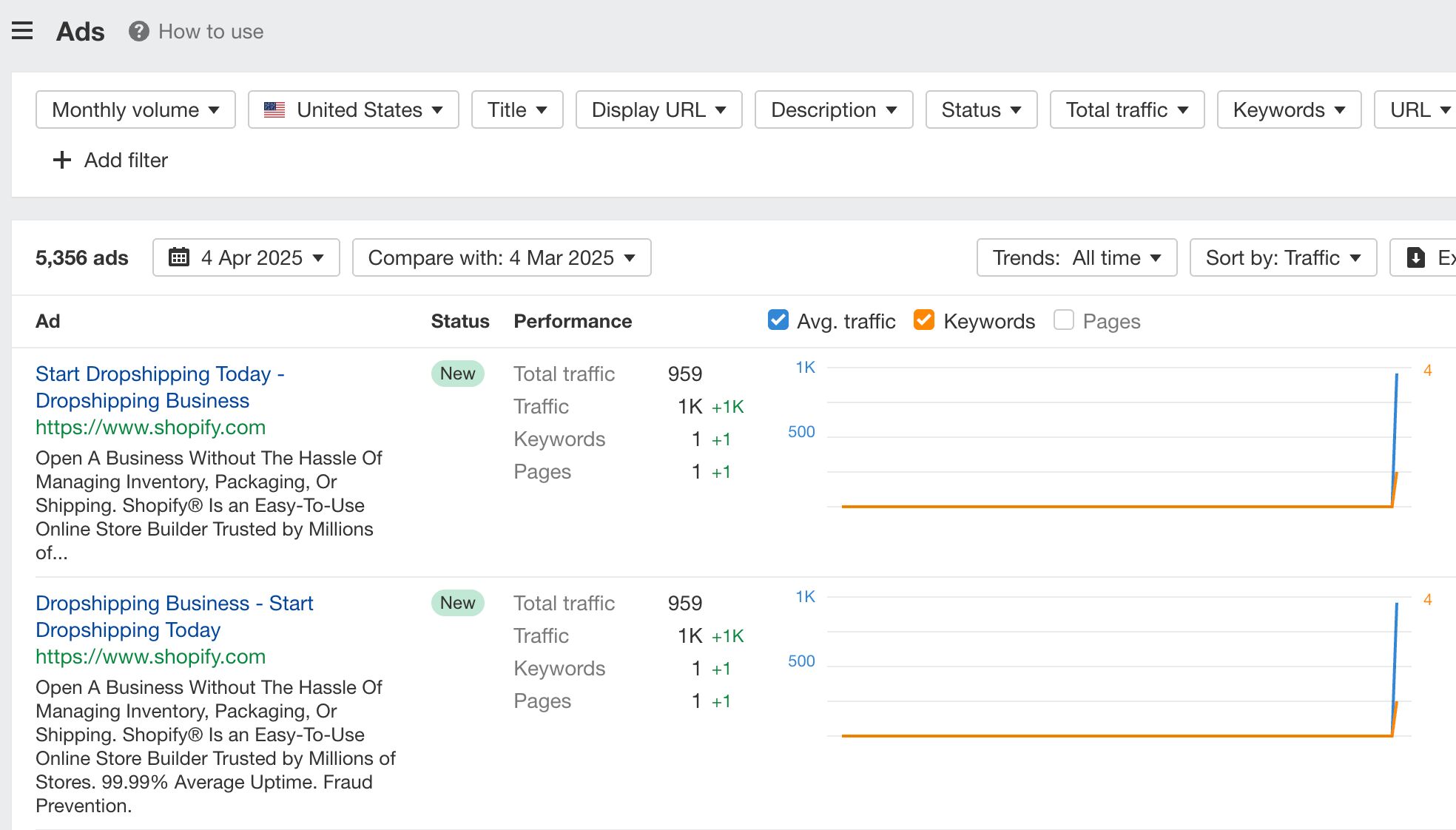
If you prefer to see their landing pages, go to the Paid pages report:
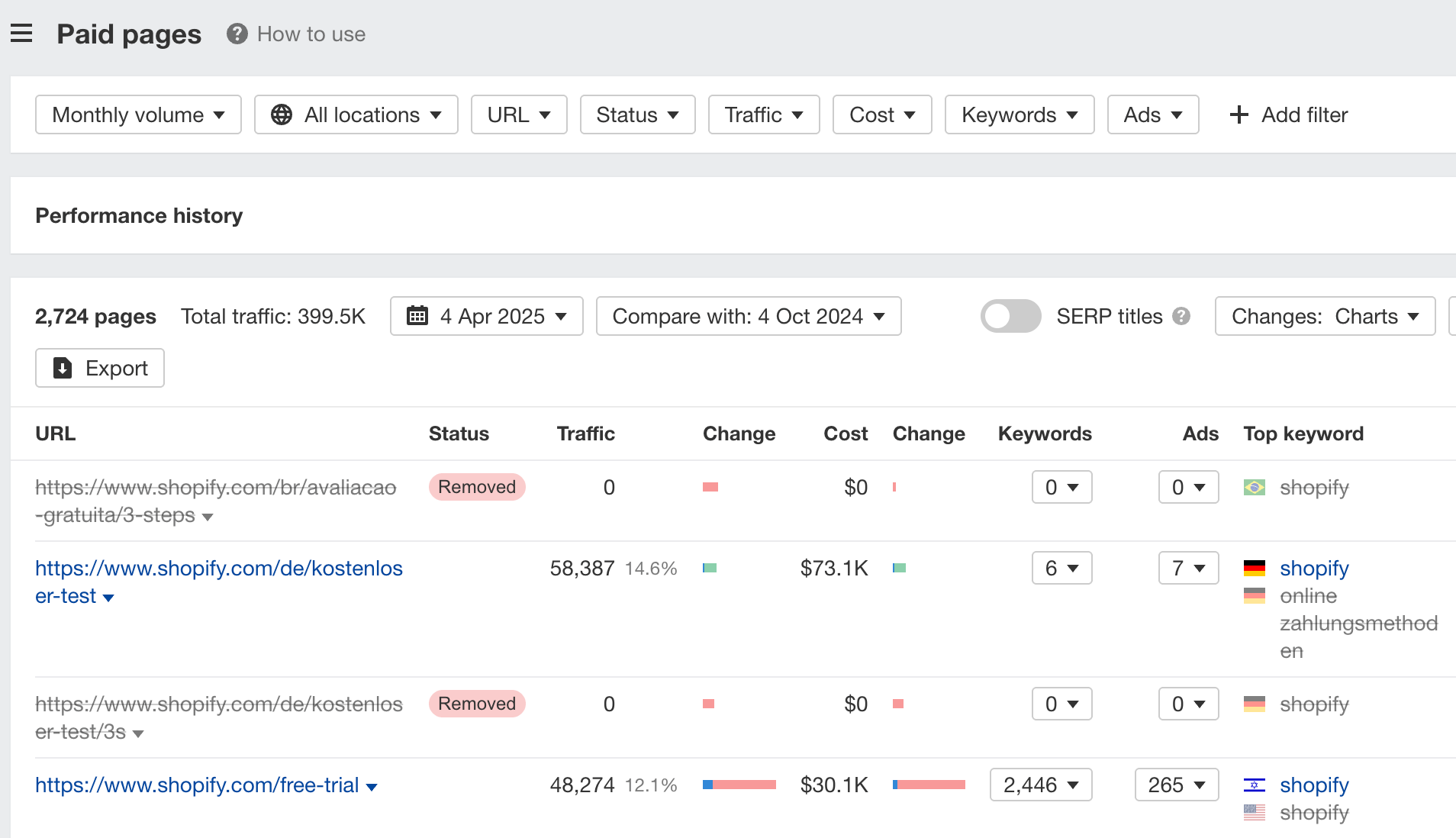
3. Use ad intelligence platforms
You have social media and search ads covered. What about display ads? To spy on your competitor’s display advertising, you’ll need a tool like Adbeat.
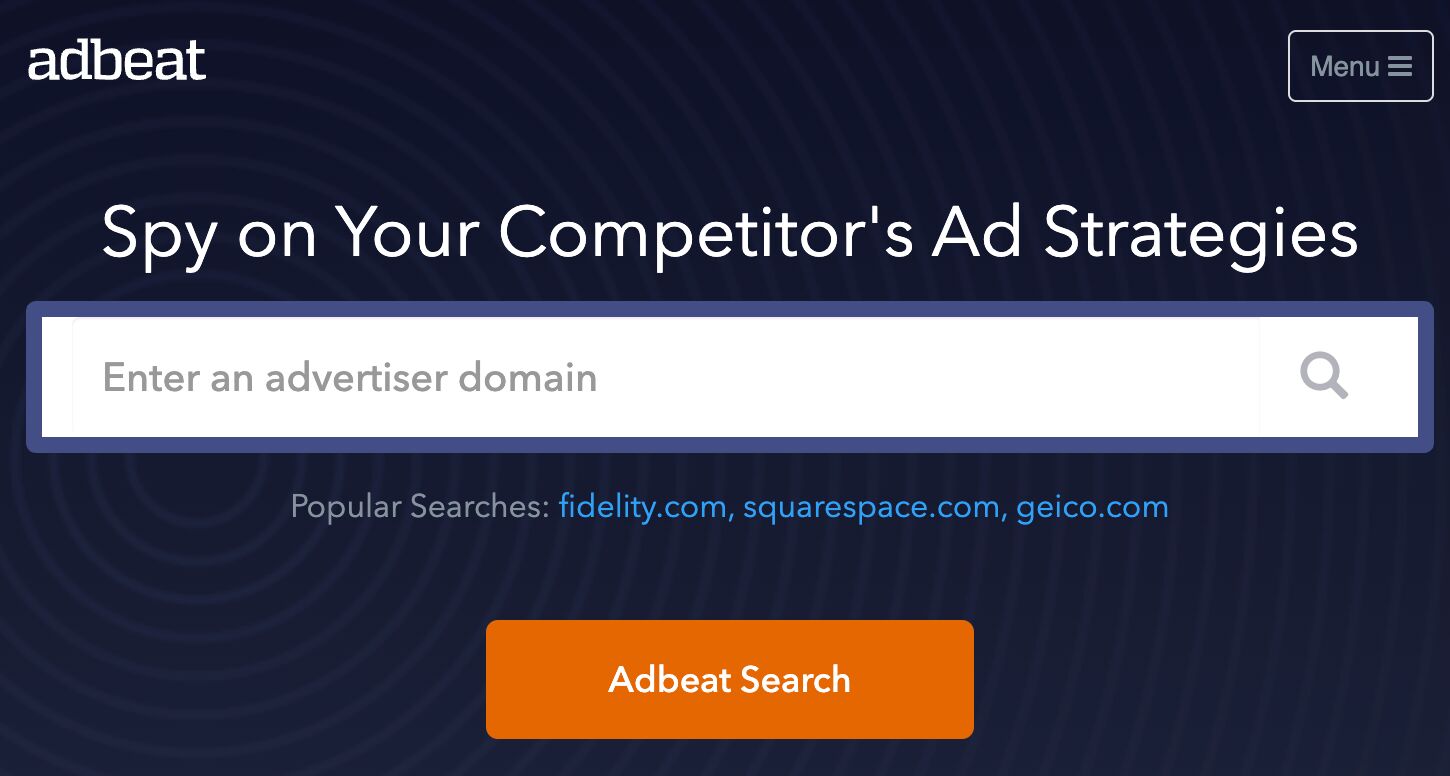
Enter your competitor’s domain and you’ll be able to see how many ads they’ve been running, their ad channels, ad creatives by size and type, where the ads have been running, and more.
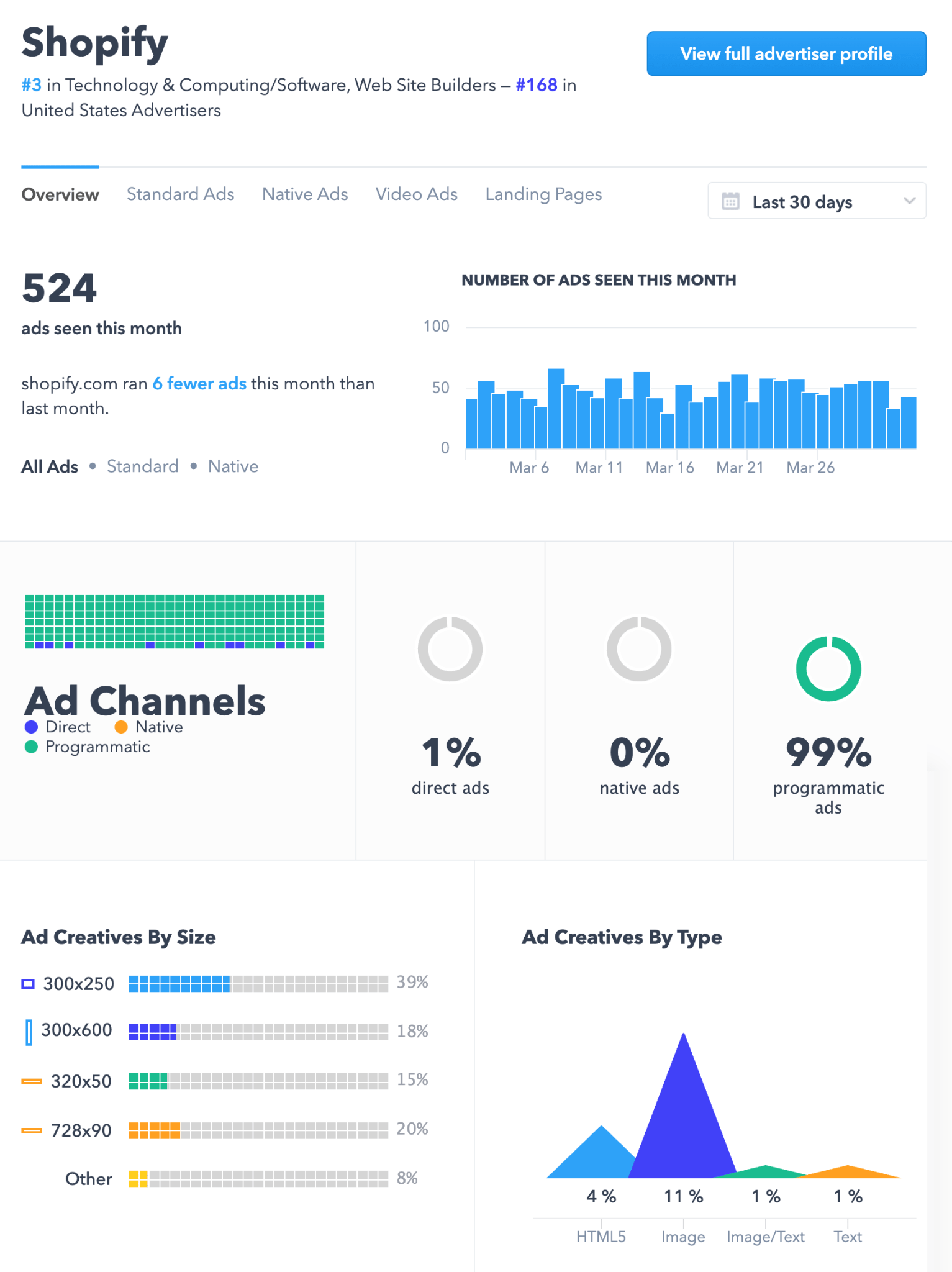
Pretty cool.
4. Explore ads repositories
Sometimes, the best ideas come from real-world examples. Curated ad repositories offer a mix of top-performing, creative, and experimental ads across industries.
Here are some useful ad libraries:
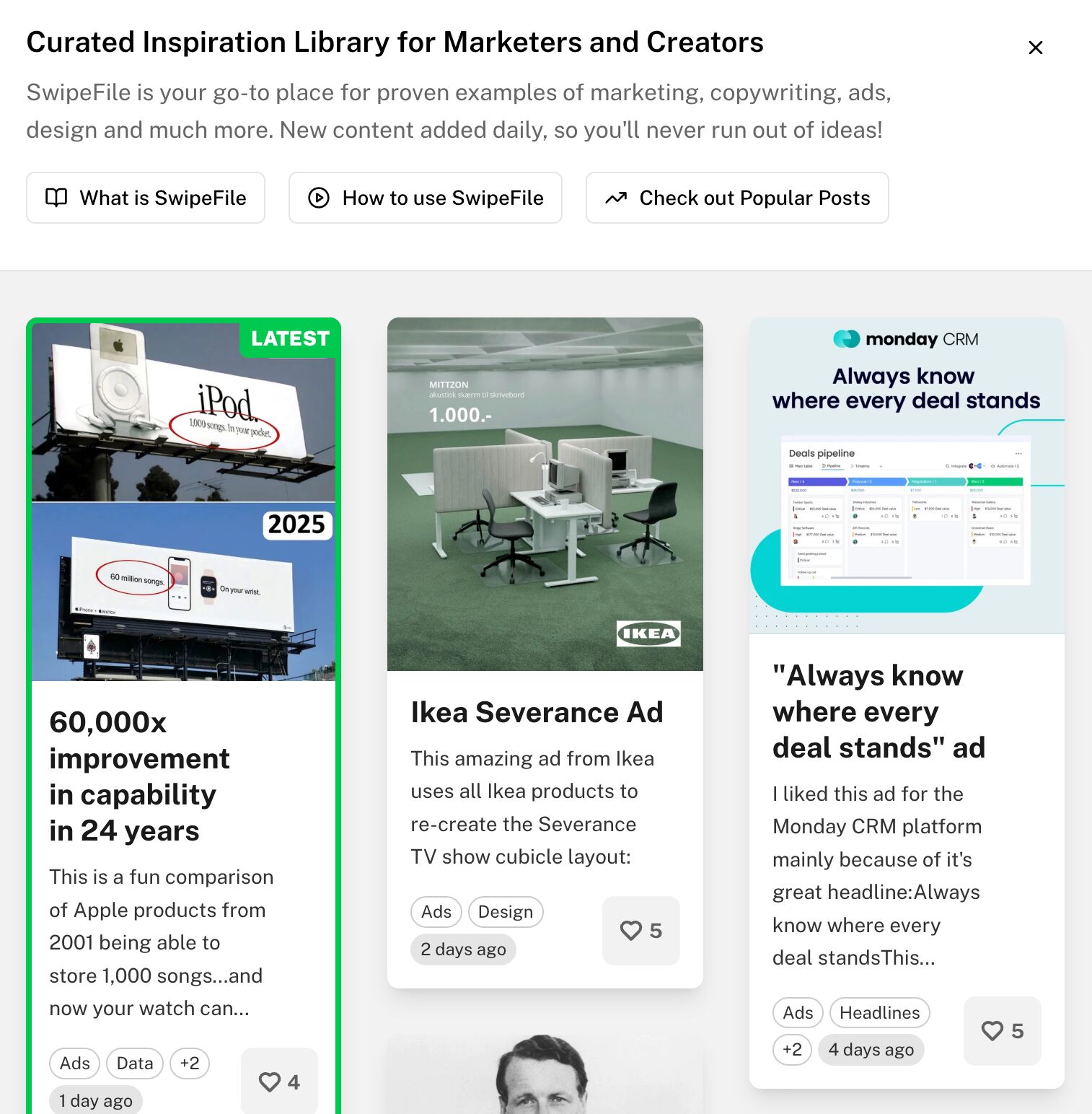
Better yet, build your own swipe file. Screenshot ads you see on social media or Google, store them in a repository like Notion or Airtable, and organize them by brand, date, messaging angle, or creative format.
5. Do it yourself
Sometimes the most effective research comes from experiencing competitor ads as a potential customer would.
Here’s what you can do:
- Search for keywords relevant to your industry and products: Notice which competitors appear consistently and what messaging they use. Consider using a VPN to get more accurate search results (especially for local searches).
- Get retargeted: Visit their websites and browse their products or services. Then, monitor what retargeting ads they serve you over the next few weeks. Often, this reveals their retargeting strategy and messaging for different stages of the funnel.
- Sign up for their newsletters: Email marketing often aligns with advertising campaigns. Monitor their promotions, product launches, and seasonal campaigns.
- Follow them on social media: Many brands run dark posts or audience-targeted campaigns you can occasionally catch and analyze.
Collecting data is only half the battle. The real value comes from turning competitive research into actionable steps.
What can you do with all your competitors’ ads? Here are some ideas:
- Compare their ads over time: If a competitor sticks with a headline or CTA for weeks, it’s likely working. Identify what messages they keep and what they ditch.
- Spot consistent themes or messages: If multiple competitors emphasize something like “fast delivery” or “24/7 support,” that might be table stakes in your industry. Craft your unique spin to stand out.
- Analyze their landing pages: Follow competitor ads to their destination pages to understand the full customer journey. How do they structure their offers? What calls-to-action do they use? These insights can inspire improvements to your own conversion paths.
- Develop counter-messaging: Position your product as the answer to gaps in your competitors’ promises. If they emphasize “speed,” maybe you emphasize “depth” or “reliability.”
- Explore under-used platforms: Noticing your competitors aren’t active on Pinterest, Reddit, or TikTok? That might be your opportunity to test and win early.
Final thoughts
The goal isn’t to copy your competitors’ methods but to understand what’s working and improve on it.
The most successful advertisers don’t just react to competitors; they use competitive insights as one input among many to craft unique, audience-focused campaigns that stand out rather than blend in.
Just remember: don’t copy. Learn. Iterate. Elevate. Before long, your competitors will be the ones spying on your ads for inspiration.
Similar Posts
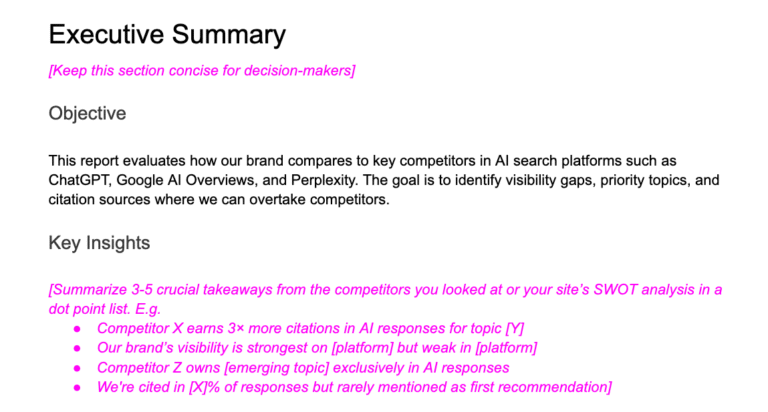
How to Compare Your AI Visibility Against Your Competitors
If a competitor is mentioned more often, cited more frequently, or framed more favorably in AI answers, they win attention and trust before searchers even know you exist. This guide shows you how to run an AI search competitor analysis that reveals: Which brands in your industry dominate AI search today Where your competitors earn visibility,…
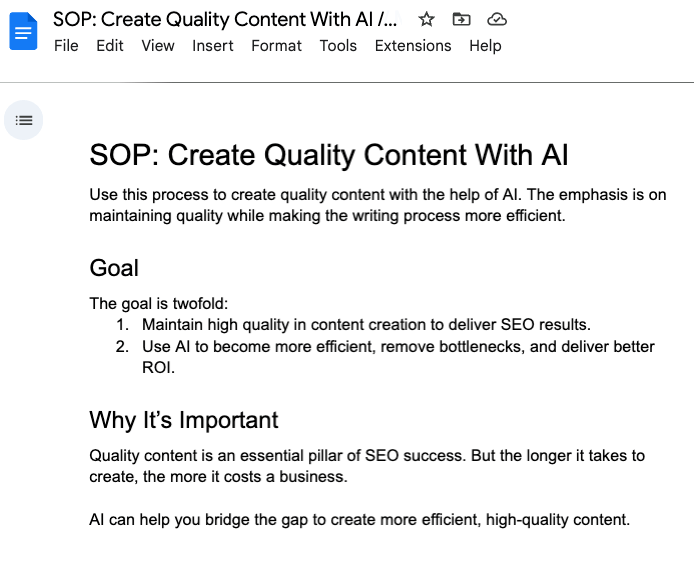
AI Content Creation: My Process for High-Quality, SEO-Friendly Articles
AI can write, but let’s be honest; it can also sound (dare I say) robotic. Without a clear process, AI-generated content can feel generic, miss SEO opportunities, or just not sound like you. The trick? Use AI as a tool, not a shortcut. This AI content creation process helps you: Get AI to generate usable content…
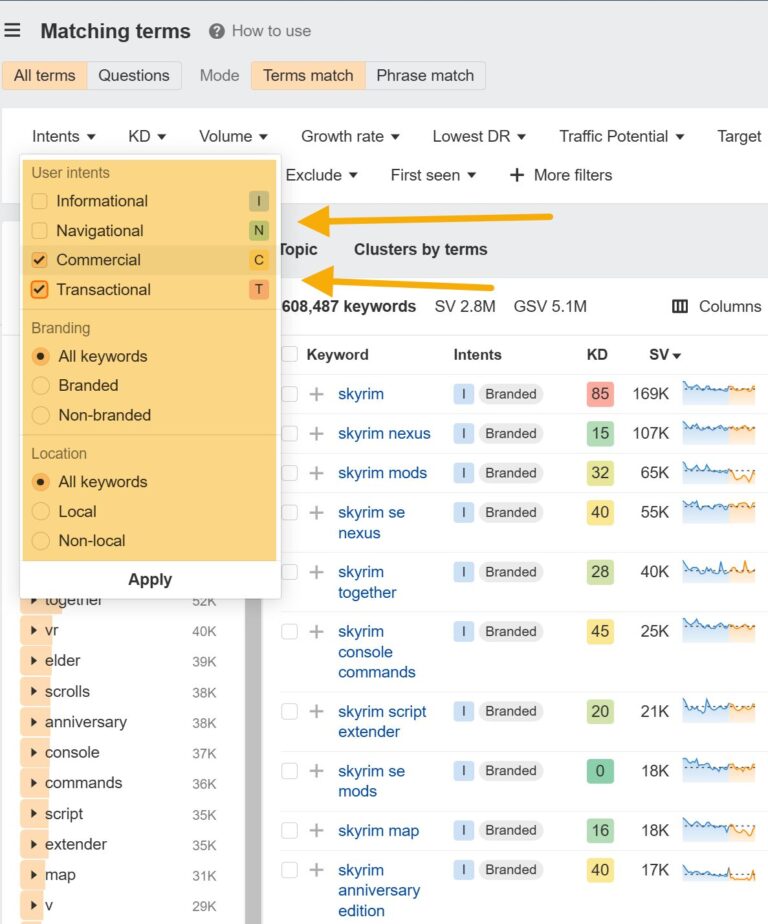
I Reviewed the Best AI Search Engines for 2025
I rigorously tested the most popular AI search engines to discover their strengths and weaknesses. I ran this test for two reasons: As a human being, I want to use the best search engine around. I spend my life on the internet. I want to find information in the fastest, most effortless way possible. As…
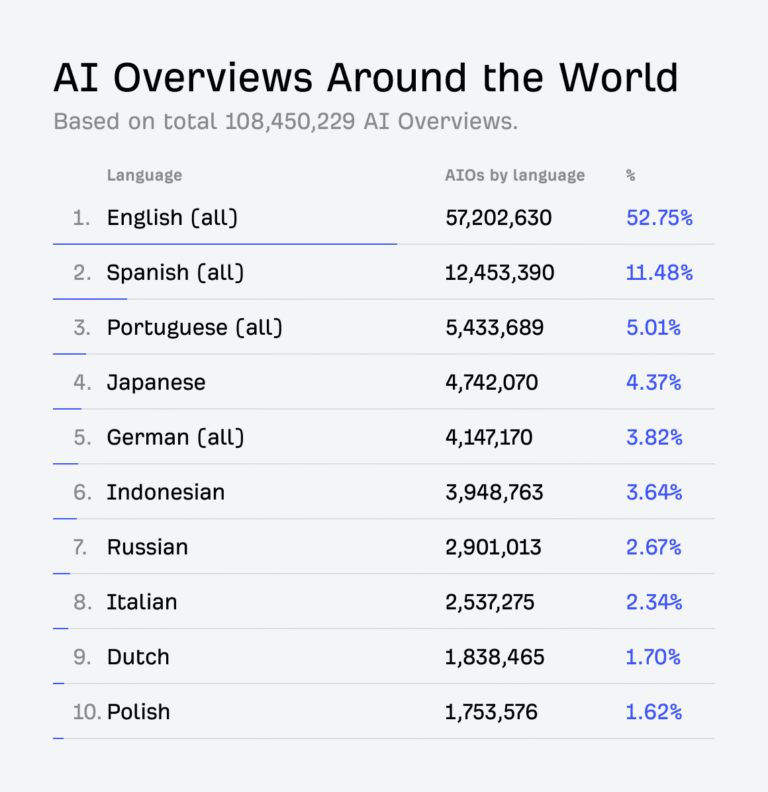
Which Countries Have the Most AI Overviews? 108 Million Queries Analyzed
Get the week’s best marketing content We analyzed our Brand Radar database of 108 million AI Overview queries to see which countries have the most AI Overviews present in Google search results. These are the top 50 countries with the biggest proportion of AI Overviews worldwide. language coverage for AI Mode as well, so these…
What is Drupal.displace() and why should I care?
Note: This is a guest post by Mike Herchel, an official maintainer of Drupal core’s CSS subsystem as well as Drupal’s default theme, Olivero. He’s also a founder of Dripyard premium Drupal themes. While working on a Drupal core bug in the Navigation module’s toolbar, I discovered the issue was related to the usage of…
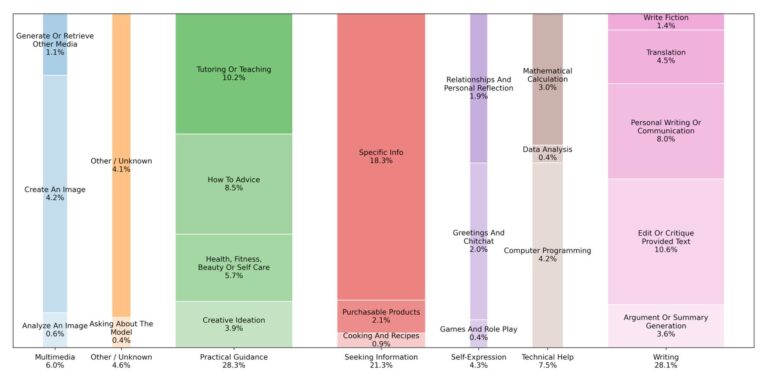
How to Monitor and Win Brand Mentions in AI Answers
Brand mentions happen when people talk about your company online without necessarily linking to your website. They’ve always happened on social media, forums, news sites, and blogs. But now they’re happening in AI responses—and these mentions influence how millions of people discover and perceive your brand. Welcome to the new era of brand mention monitoring. ChatGPT,…
